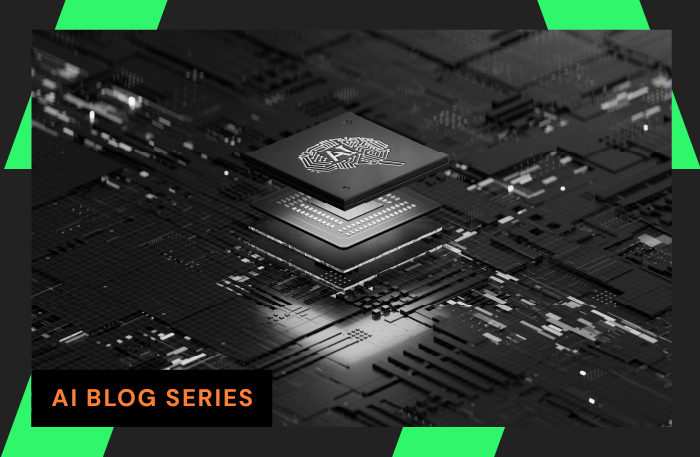
Do you have enough insight into your network to know if it can support your new technology stack?
This white paper reviews insights from a survey of 200 enterprises involved in advanced network analytics projects.
Get more out of your network data. Coming in at 69%, the #1 reason for advanced network analytics initiatives is faster MTTR for network problems.
- See the other 7 benefits enterprises have noticed from moving to advanced network analytics
- Find out the top projects that have driven companies to adopt advanced analytics
- Discover the 3 most common types of data included in network analytic initiatives.
No matter your use case, network analytics is a key enabler of network automation. Network engineers are discovering how to use network analytics to optimize their operations. Learn how we can unify your network data with our network analytics products, LiveNX and LiveWire.


